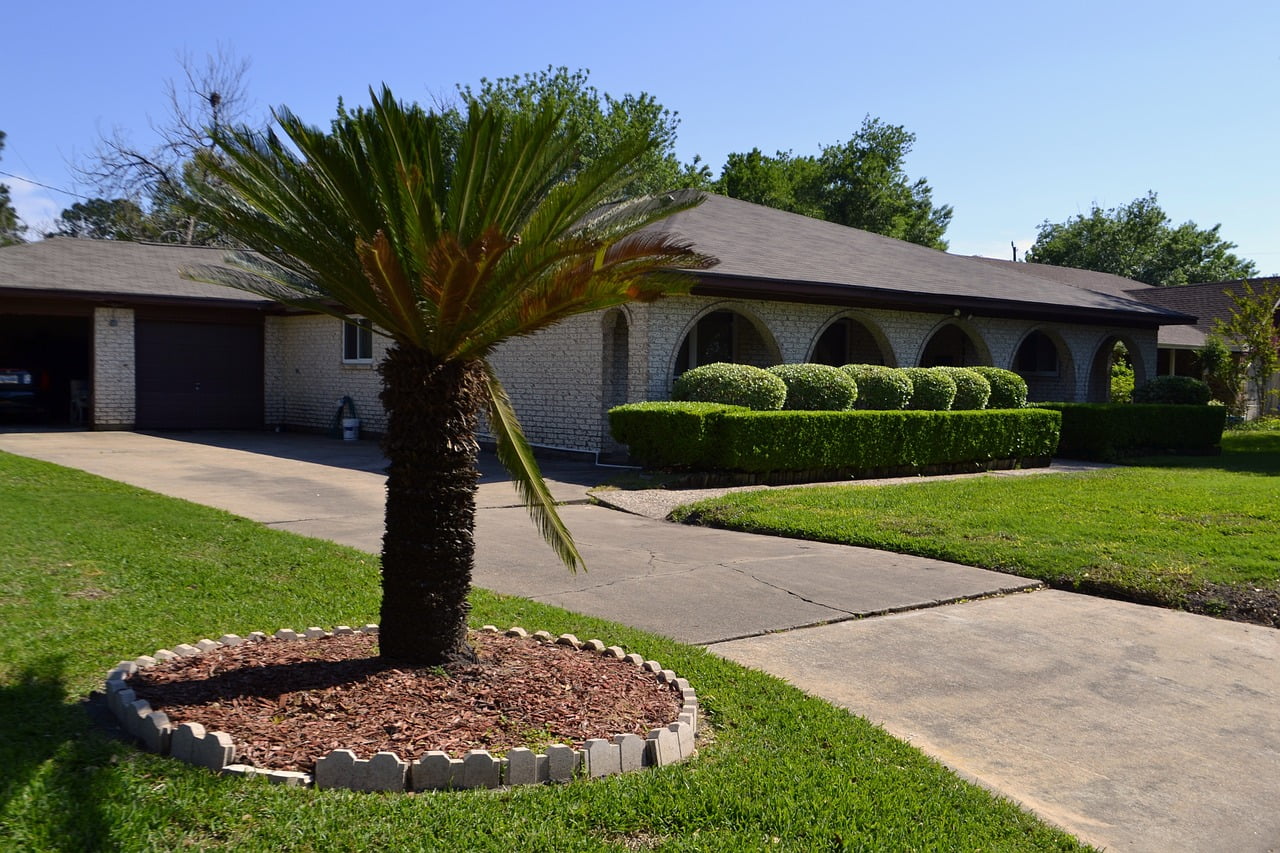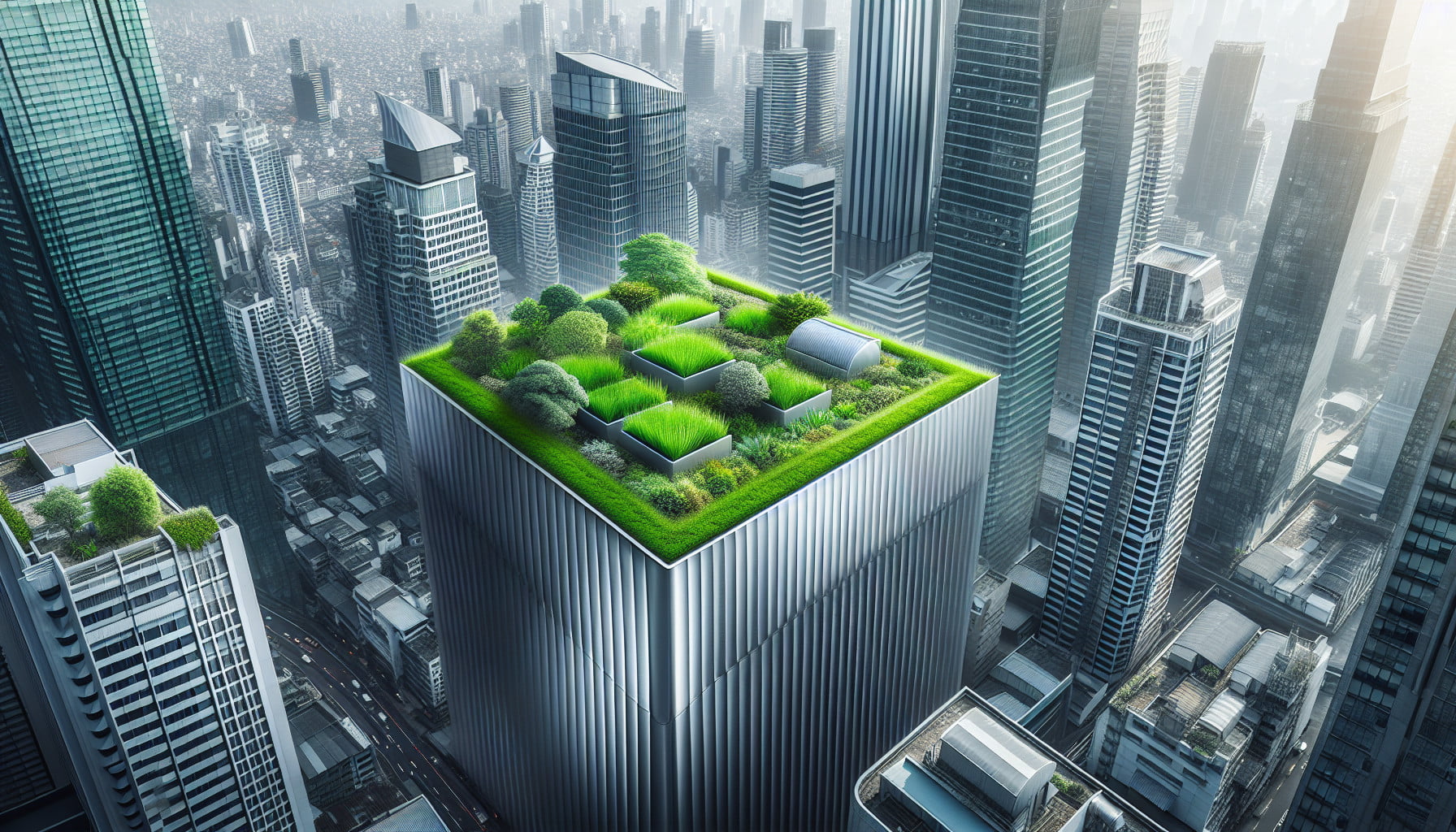Imagine transforming your rooftop into a lush and inviting oasis – a modern rooftop garden design that combines both functionality and beauty. With the right key elements, you can create a space that not only adds value to your property but also provides a peaceful retreat from the hustle and bustle of city life. In this article, we will explore the essential elements to consider when designing a modern rooftop garden that will leave you feeling refreshed and inspired. So, grab your gardening tools and let’s embark on this exciting journey together.
1. Location and Site Analysis
1.1 Accessibility and Structural Considerations
When designing a modern rooftop garden, it is important to consider the accessibility of the space. Determine how guests and yourself will access the garden, whether it be through stairs, elevators, or other means. Additionally, assess the structural integrity of the rooftop to ensure it can support the weight of the garden, furniture, and any other features you plan on incorporating.
1.2 Natural Light and Shade Assessment
Take into account the amount of natural light your rooftop receives throughout the day. This will help you determine which plants will thrive in your garden and where to place them. Additionally, consider how much shade your rooftop offers and whether or not you need to create additional shade structures for certain areas.
1.3 Wind and Microclimate Evaluation
Understand the wind patterns and microclimate of your rooftop garden. Strong winds can damage plants and make the space less enjoyable for guests. Consider installing windbreakers or using planters to create wind-resistant areas. Additionally, evaluate the microclimate to determine the best types of plants suited for your rooftop garden.
2. Design Concept and Style
2.1 Determining the Overall Design Concept
Before diving into the details, establish the overall design concept for your modern rooftop garden. Consider the architecture of your building and nearby surroundings to ensure that the garden complements its surroundings. Decide if you want a minimalist, contemporary, or more organic look and feel.
2.2 Selecting a Garden Style
Choose a garden style that aligns with your personal preferences and fits well with the overall design concept. Options include formal, informal, tropical, Mediterranean, or Japanese styles. Each style brings its own unique aesthetic and can greatly influence the atmosphere of your rooftop garden.
2.3 Incorporating the Aesthetics of Modern Design
For a modern rooftop garden, it is important to emphasize clean lines, simplicity, and functionality in your design. Incorporate contemporary materials, such as stainless steel, glass, and concrete, to create a sleek and sophisticated look. Consider using minimalistic furniture and accessories to enhance the overall modern aesthetic.
3. Functionality and Purpose
3.1 Identifying the Primary Functions
Determine the primary functions and purposes of your modern rooftop garden. Do you want it to be a space for relaxation, entertainment, or even gardening? Understanding the main goals of the garden will help guide your design decisions and ensure that the space meets your needs.
3.2 Creating Separate Zones or Areas
To maximize functionality, consider dividing your rooftop garden into separate zones or areas. Create distinct spaces for dining, lounging, and gardening, for example. This will allow you to enjoy different activities simultaneously and make the most of the available space.
3.3 Considering Special Features or Functional Elements
Think about incorporating special features or functional elements that align with your desired purposes for the rooftop garden. This could include a water feature, fire pit, outdoor kitchen, or even a yoga area. These additions can enhance the functionality and overall experience of the space.

4. Structural Considerations
4.1 Assessing the Load-Bearing Capacity
Ensure that the load-bearing capacity of your rooftop can withstand the weight of all the elements you plan to incorporate in your garden. This includes furniture, planters, water features, and any additional structures. Consult with a professional engineer or architect if you are unsure about the maximum weight your rooftop can support.
4.2 Evaluating Waterproofing and Drainage Systems
Waterproofing and proper drainage are crucial for a rooftop garden to prevent water damage to the building structure. Evaluate the existing waterproofing system and make any necessary repairs or improvements. Install an efficient drainage system to prevent water from pooling on your rooftop.
4.3 Ensuring Safety and Stability
Safety is paramount when designing a rooftop garden. Install railings or barriers to prevent accidents and ensure that all furniture and structures are stable. Consider using materials that are weather-resistant and can withstand the elements, such as strong winds and heavy rain.
5. Plant Selection and Greenery
5.1 Choosing Climbing Plants and Vines
Climbing plants and vines can add a vertical element and create a lush and green atmosphere in your modern rooftop garden. Choose varieties that are suitable for your climate and can thrive in containers. Popular choices include jasmine, wisteria, and bougainvillea.
5.2 Opting for Low-Maintenance Plant Varieties
To minimize the maintenance required for your rooftop garden, opt for low-maintenance plant varieties. Look for plants that are drought-tolerant, disease-resistant, and can thrive in the specific conditions of your rooftop. Succulents, ornamental grasses, and native plants are excellent choices for a low-maintenance garden.
5.3 Incorporating Vertical Gardens and Planter Boxes
Utilize vertical space by incorporating vertical gardens and planter boxes. These allow you to maximize planting area while minimizing the footprint on your rooftop. Install trellises or a living wall system to create a striking feature and make use of the vertical plane.
6. Furniture and Accessories
6.1 Selecting Outdoor Furniture
Choose outdoor furniture that is comfortable, durable, and complements the overall design concept of your modern rooftop garden. Opt for materials that can withstand outdoor elements, such as aluminum, teak, or weather-resistant wicker. Consider the number of guests you plan to accommodate and select furniture accordingly.
6.2 Incorporating Shade Structures and Umbrellas
Provide shade options for hot summer days by incorporating shade structures or umbrellas into your rooftop garden design. These can create comfortable areas for relaxation and protect both you and your plants from excessive heat and sun exposure.
6.3 Adding Decorative Elements and Lighting
Enhance the aesthetics of your modern rooftop garden by adding decorative elements and lighting. Consider incorporating sculptures, art pieces, or a water feature as focal points. Install outdoor lighting to create ambiance and allow you to enjoy the garden even during the evening hours.
7. Irrigation and Water Management
7.1 Evaluating Watering Requirements
Assess the watering requirements of your chosen plant species and ensure that your rooftop garden has an efficient irrigation system in place. Consider using an automated drip system that delivers water directly to the plants’ roots, minimizing wastage and ensuring optimal watering.
7.2 Installing Automated Drip Systems
Automated drip systems are ideal for rooftop gardens due to their water efficiency and ease of use. These systems can be programmed to provide the necessary amount of water at specific times, ensuring that your plants receive adequate hydration without overwatering. This is especially important for water-sensitive plants.
7.3 Implementing Rainwater Harvesting
Consider implementing rainwater harvesting techniques in your rooftop garden to further reduce water consumption. Install rain barrels or a rainwater harvesting system to collect rainwater for irrigation purposes. This sustainable practice not only conserves water but also reduces your water bills.
8. Environmental Considerations
8.1 Incorporating Sustainable Practices
Take steps to incorporate sustainable practices into your modern rooftop garden design. This can include using recycled or eco-friendly materials, selecting low-impact construction methods, and incorporating energy-efficient lighting options. Additionally, consider implementing composting or using organic fertilizers to minimize the use of harmful chemicals.
8.2 Choosing Native or Drought-Tolerant Plants
Selecting native or drought-tolerant plants for your rooftop garden not only ensures they will thrive in your specific climate conditions but also reduces the need for excessive watering. Native plants are adapted to the region’s natural ecosystem, requiring less maintenance and watering. Drought-tolerant plants also have the ability to withstand dry periods without compromising their health.
8.3 Enhancing Biodiversity and Wildlife Habitat
Promote biodiversity and create a wildlife-friendly environment in your modern rooftop garden by incorporating features that attract beneficial wildlife. Plant flowers that attract pollinators, such as bees and butterflies. Install bird feeders or birdhouses to encourage avian visitors. These elements contribute to a thriving ecosystem and enhance the overall beauty of your garden.
9. Maintenance and Upkeep
9.1 Establishing a Maintenance Schedule
Maintaining a regular maintenance schedule is essential to keep your modern rooftop garden in its best condition. Create a schedule that includes tasks such as watering, pruning, fertilizing, and general upkeep. Regularly inspect the garden for any signs of damage or pests to address them promptly.
9.2 Pruning and Trimming Techniques
Pruning and trimming are crucial for maintaining the health and aesthetic appeal of your plants. Learn proper pruning techniques specific to each plant species and trim them accordingly. This helps promote healthy growth and prevents overcrowding.
9.3 Regular Cleaning and Pest Control
Regularly clean your rooftop garden by removing debris, fallen leaves, and weeds. This not only keeps the garden looking tidy but also prevents pests and diseases. Implement effective pest control measures, such as using natural repellents or biological controls, to minimize damage from unwanted insects or animals.
10. Budgeting and Project Management
10.1 Setting a Realistic Budget
Before embarking on your modern rooftop garden project, establish a realistic budget. Consider the costs of materials, furniture, plants, irrigation systems, and any professional assistance you may require. Allocate funds for unforeseen expenses to ensure you can complete the project within your budget.
10.2 Hiring Professionals or DIY Approach
Decide whether you want to hire professionals or take a do-it-yourself (DIY) approach to your rooftop garden project. While hiring professionals may ensure a higher level of expertise and efficiency, DIY can be a cost-effective option if you have the time, skills, and resources required.
10.3 Monitoring and Tracking the Project
Throughout the project, monitor and track progress to ensure that it stays on schedule and within budget. Regularly communicate with contractors, suppliers, or any other professionals involved to address any concerns or modifications along the way. This helps keep the project running smoothly and ensures your vision is brought to life.
By following these key elements for designing a modern rooftop garden, you can create a beautiful and functional outdoor space that enhances your living environment and provides a tranquil oasis in the midst of bustling city life. Enjoy the process of designing and creating your rooftop garden, and may it bring you joy for many years to come.

